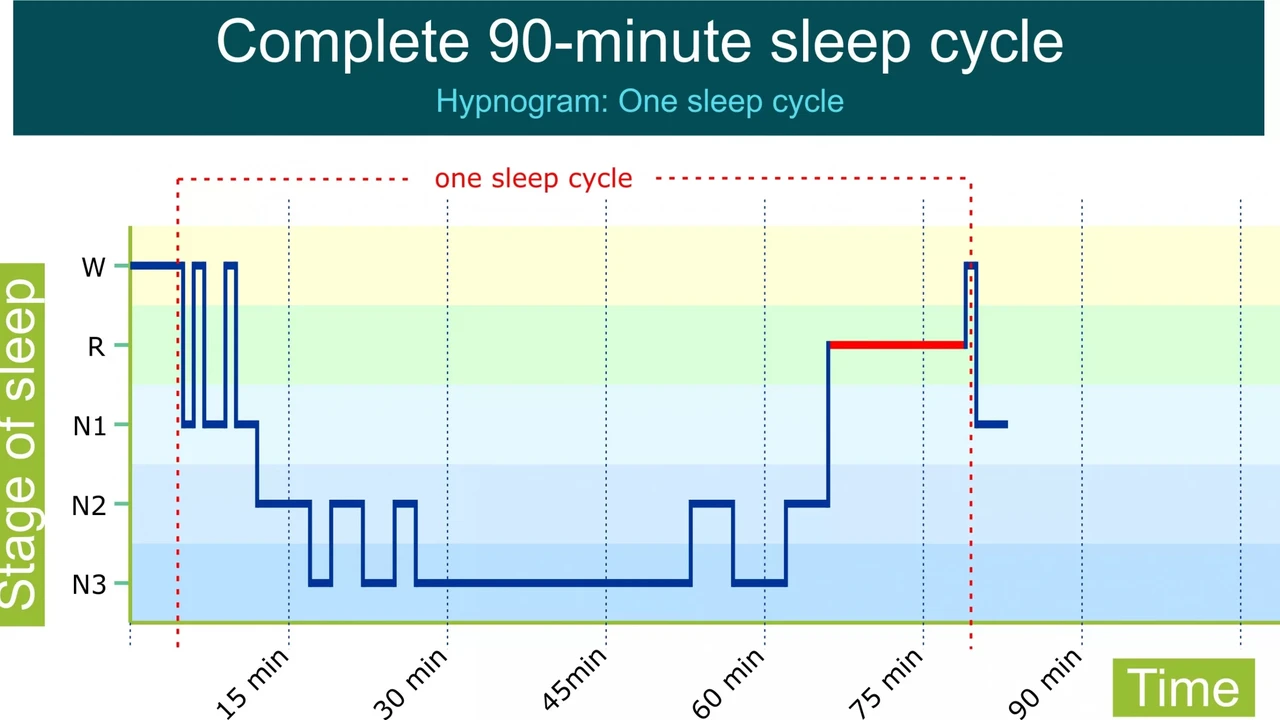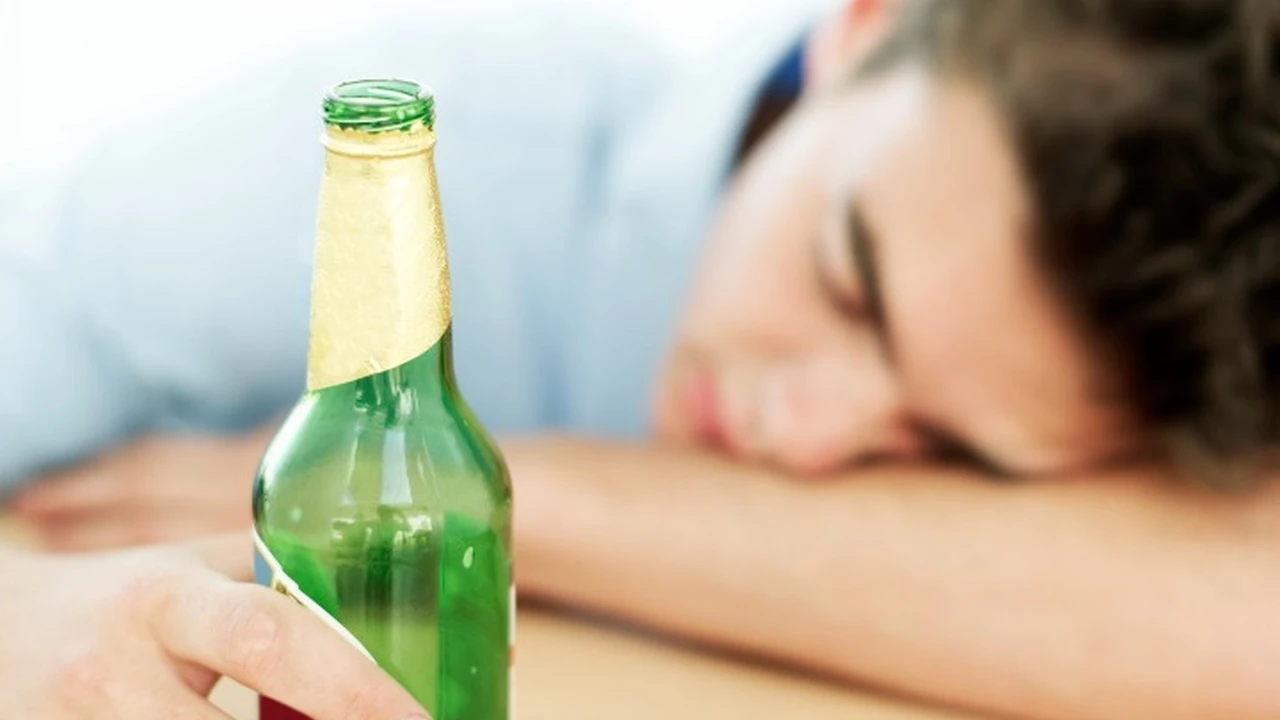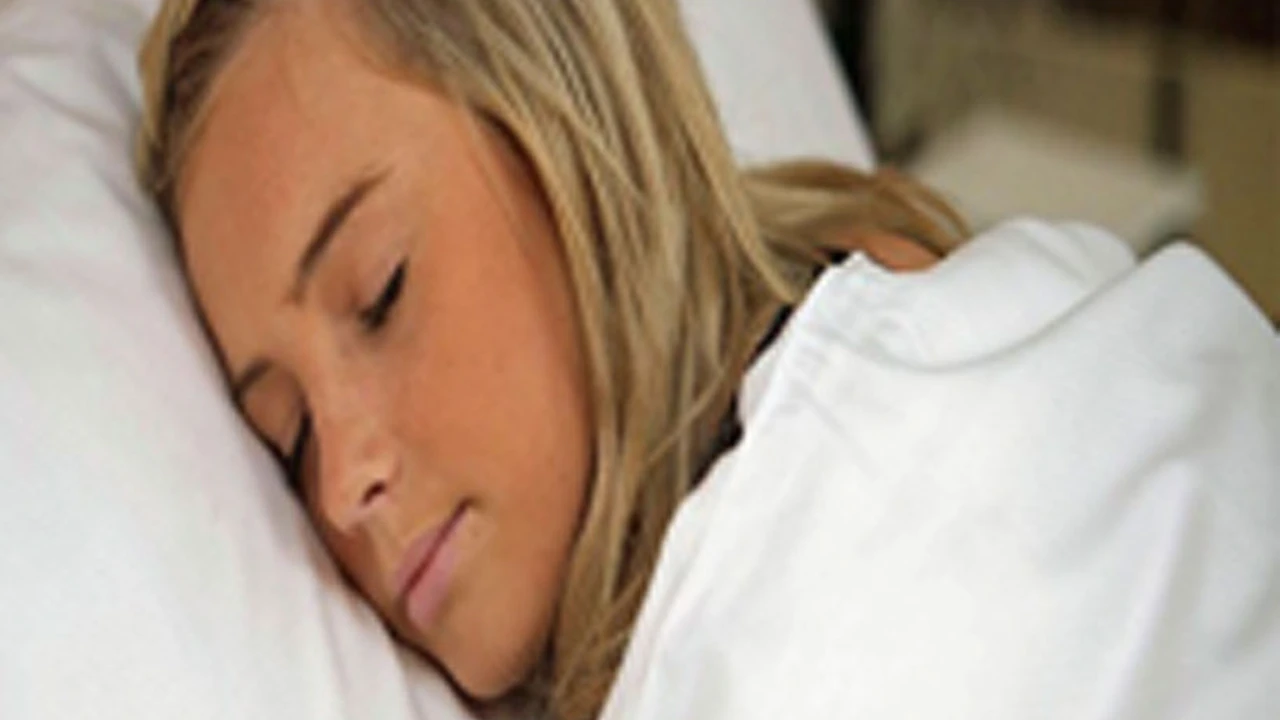Sleep Cycles Explained: How Long Are They?
Sample meta description.

Understanding Sleep Cycles The Foundation of Restful Sleep
Ever wake up feeling groggy even after a full eight hours? Or maybe you've experienced that burst of energy right before your alarm goes off? Chances are, sleep cycles have something to do with it. They're the natural rhythm of your slumber, and understanding them can unlock the secrets to better, more restorative sleep. Think of sleep cycles like a nightly performance, with different acts playing out each time. Let's dive into what these acts are all about.
What are the Stages of a Sleep Cycle? A Detailed Breakdown
A typical sleep cycle lasts about 90-120 minutes and repeats several times throughout the night. Each cycle consists of distinct stages:
Stage 1 NREM Light Sleep The Transition Phase
This is the drowsy period between being awake and falling asleep. Your brain waves begin to slow down, and your muscles relax. You might experience hypnic jerks (that sudden feeling of falling) or fleeting thoughts. It's easy to be awakened during this stage. Think of it as the opening act, just warming up the stage.
Stage 2 NREM Deeper Sleep Preparing for Rest
You're now officially asleep! Your heart rate and breathing slow down, and your body temperature drops. Brain waves continue to slow, but there are also bursts of activity called sleep spindles and K-complexes. These brain activities are thought to play a role in memory consolidation and protecting sleep from external stimuli. You're harder to wake up in Stage 2 than in Stage 1. This is where the main performance starts to take shape.
Stage 3 NREM Deep Sleep The Restorative Powerhouse
This is the deepest stage of sleep, also known as slow-wave sleep (SWS). Your brain waves are very slow (delta waves), and it's difficult to wake you up. Your body repairs tissues, builds bone and muscle, and strengthens your immune system during this stage. Growth hormone is also released. This is the most restorative part of the sleep cycle, the core of the nightly performance. It's crucial for feeling refreshed and energized in the morning. Children spend more time in this stage than adults.
Stage 4 NREM Deep Sleep (Often combined with Stage 3)
In older sleep models, this was considered a separate stage, but current models often combine it with Stage 3 due to their similarities. The same restorative processes occur here.
REM Sleep Rapid Eye Movement The Dream Stage
REM sleep is characterized by rapid eye movements, increased brain activity, and muscle paralysis. Your breathing becomes faster and irregular, and your heart rate and blood pressure increase. This is when most dreaming occurs. REM sleep is important for cognitive functions like learning, memory, and creativity. Think of REM sleep as the encore, the most exciting and memorable part of the show. The first REM period of the night is typically short, but it gets longer with each subsequent cycle.
How Long Are Sleep Cycles Typically? Average Duration and Variations
As mentioned earlier, a typical sleep cycle lasts between 90 and 120 minutes. However, the duration of each stage within the cycle can vary. Early in the night, you'll spend more time in deep sleep (Stages 3 and 4). As the night progresses, you'll spend more time in REM sleep. Factors like age, sleep deprivation, and alcohol consumption can also affect the length and composition of sleep cycles. For example, older adults tend to have less deep sleep than younger adults.
Factors Affecting Your Sleep Cycle: What Disrupts the Rhythm?
Many factors can disrupt your sleep cycles, leading to poor sleep quality and daytime fatigue:
- Stress: Stress hormones can interfere with your sleep architecture.
- Caffeine and Alcohol: These substances can disrupt sleep cycles, especially when consumed close to bedtime. Caffeine is a stimulant, while alcohol, although initially sedating, can lead to fragmented sleep later in the night.
- Irregular Sleep Schedule: Going to bed and waking up at different times each day throws off your body's natural circadian rhythm, making it harder to fall asleep and stay asleep.
- Light Exposure: Exposure to bright light, especially blue light from electronic devices, can suppress melatonin production and interfere with your sleep cycle.
- Sleep Disorders: Conditions like insomnia, sleep apnea, and restless legs syndrome can significantly disrupt sleep cycles.
- Medications: Certain medications can have side effects that impact sleep.
- Diet: Heavy meals or sugary snacks before bed can interfere with sleep.
- Temperature: A room that is too hot or too cold can disrupt sleep.
Optimizing Your Sleep Cycles: Tips for Better Rest
Improving your sleep hygiene can help you optimize your sleep cycles and get better rest:
- Maintain a Consistent Sleep Schedule: Go to bed and wake up at the same time each day, even on weekends.
- Create a Relaxing Bedtime Routine: Take a warm bath, read a book, or listen to calming music before bed.
- Optimize Your Sleep Environment: Make sure your bedroom is dark, quiet, and cool.
- Limit Caffeine and Alcohol: Avoid these substances close to bedtime.
- Get Regular Exercise: Exercise can improve sleep quality, but avoid exercising too close to bedtime.
- Manage Stress: Practice relaxation techniques like meditation or deep breathing.
- Limit Screen Time Before Bed: Avoid using electronic devices for at least an hour before bed.
- Consider a Sleep Tracker: A sleep tracker can help you monitor your sleep cycles and identify areas for improvement.
Products to Enhance Your Sleep Cycle Quality: Recommendations and Comparisons
Here are some products that can potentially help you improve your sleep cycle and overall sleep quality:
Weighted Blankets: The Hug That Calms
What it is: Weighted blankets are designed to provide deep pressure stimulation, which can promote relaxation and reduce anxiety, potentially leading to more restful sleep. They typically weigh between 5 and 30 pounds.
How it helps: The deep pressure stimulation is thought to increase serotonin and melatonin levels, which are hormones that regulate mood and sleep. It can also reduce cortisol, the stress hormone.
Usage scenarios: Use it while sleeping, relaxing on the couch, or reading a book. It's particularly helpful for people with anxiety, restless legs syndrome, or sensory processing issues.
Product Comparison:
- Gravity Blanket: A popular and well-regarded weighted blanket known for its quality construction and even weight distribution. Price: $250-$300
- YnM Weighted Blanket: A more affordable option that still provides good quality. Price: $50-$80
- Baloo Weighted Blanket: Made with breathable cotton and glass beads, making it a good choice for warmer climates. Price: $170-$200
Sleep Masks: Block Out the Light, Embrace the Darkness
What it is: Sleep masks block out light, which can interfere with melatonin production and disrupt sleep cycles.
How it helps: Darkness signals to the brain that it's time to sleep, promoting melatonin release and improving sleep quality.
Usage scenarios: Use it at home, while traveling, or in any environment where there is unwanted light.
Product Comparison:
- Manta Sleep Mask: A highly customizable sleep mask with adjustable eye cups that block out 100% of light. Price: $30-$40
- Alaska Bear Natural Silk Sleep Mask: A comfortable and affordable silk sleep mask. Price: $10-$15
- Bucky 40 Blinks Ultralight Sleep Mask: A lightweight and contoured sleep mask. Price: $15-$20
White Noise Machines: Soothe Your Senses to Sleep
What it is: White noise machines produce a consistent, calming sound that can mask distracting noises and promote relaxation.
How it helps: White noise can help you fall asleep faster and stay asleep longer by blocking out distracting sounds that can disrupt your sleep cycle.
Usage scenarios: Use it at home, in a noisy environment, or while traveling.
Product Comparison:
- LectroFan White Noise Machine: A popular white noise machine with a variety of sound options. Price: $50-$60
- Dohm Classic White Noise Machine: A classic white noise machine that produces a natural, fan-based sound. Price: $50-$60
- Homedics SoundSpa Relaxation Machine: A sound machine with a variety of nature sounds and white noise options. Price: $20-$30
Smart Lighting: Mimic Sunrise and Sunset
What it is: Smart lighting systems can be programmed to gradually dim in the evening and brighten in the morning, mimicking the natural sunrise and sunset.
How it helps: This can help regulate your circadian rhythm and promote better sleep.
Usage scenarios: Use in the bedroom to create a more natural and sleep-friendly environment.
Product Comparison:
- Philips Hue: A popular smart lighting system with a wide range of options and features. Price: Varies depending on the bulb/starter kit, typically $15-$50 per bulb.
- Wyze Bulb Color: A more affordable smart bulb option with a variety of colors and features. Price: $15-$20 per bulb.
- Sengled Smart Bulb: Another affordable option that integrates with various smart home platforms. Price: $10-$15 per bulb.
Mattress Toppers: Comfort and Support for Sound Sleep
What it is: Mattress toppers add an extra layer of comfort and support to your existing mattress, potentially improving sleep quality and reducing pressure points.
How it helps: By providing better support and cushioning, mattress toppers can help you sleep more comfortably and wake up feeling refreshed. They can also help regulate temperature, depending on the material.
Usage Scenarios: If your current mattress is too firm, too soft, or simply uncomfortable, a mattress topper can be a cost-effective way to improve your sleep.
Product Comparison:
- Tempur-Pedic TEMPUR-Adapt + Cooling Mattress Topper: A high-end memory foam topper known for its pressure relief and cooling properties. Price: $300-$400
- Linenspa 3 Inch Gel Infused Memory Foam Mattress Topper: A more affordable memory foam option that provides good comfort and support. Price: $50-$100
- Saatva Mattress Topper: Offers a variety of topper materials, including memory foam, latex, and graphite, catering to different sleep preferences. Price: $200-$350
Tracking Your Sleep Cycles: Tools and Techniques
Understanding your sleep cycles starts with tracking them. There are several ways to do this:
Sleep Trackers: Wearable Tech Insights
Wearable devices like Fitbit, Apple Watch, and Garmin can track your sleep stages based on your movement and heart rate. While not as accurate as a polysomnography (sleep study), they can provide valuable insights into your sleep patterns.
Smartphone Apps: Budget-Friendly Monitoring
Several smartphone apps use your phone's accelerometer and microphone to track your sleep. Examples include Sleep Cycle and Pillow. Place your phone on your bed near you while you sleep.
Sleep Diary: Simple and Effective
Keep a sleep diary where you record your bedtime, wake-up time, sleep quality, and any factors that might have affected your sleep (e.g., caffeine consumption, stress levels). This can help you identify patterns and triggers.
When to Seek Professional Help: Addressing Sleep Issues
If you're consistently experiencing poor sleep or suspect you have a sleep disorder, it's important to consult a doctor or sleep specialist. They can diagnose the underlying cause of your sleep problems and recommend appropriate treatment options.
Don't underestimate the power of a good night's sleep! By understanding your sleep cycles and taking steps to optimize them, you can improve your overall health and well-being. Experiment with different strategies and products to find what works best for you. Sweet dreams!
:max_bytes(150000):strip_icc()/277019-baked-pork-chops-with-cream-of-mushroom-soup-DDMFS-beauty-4x3-BG-7505-5762b731cf30447d9cbbbbbf387beafa.jpg)



: Symptoms and Relief.webp)


